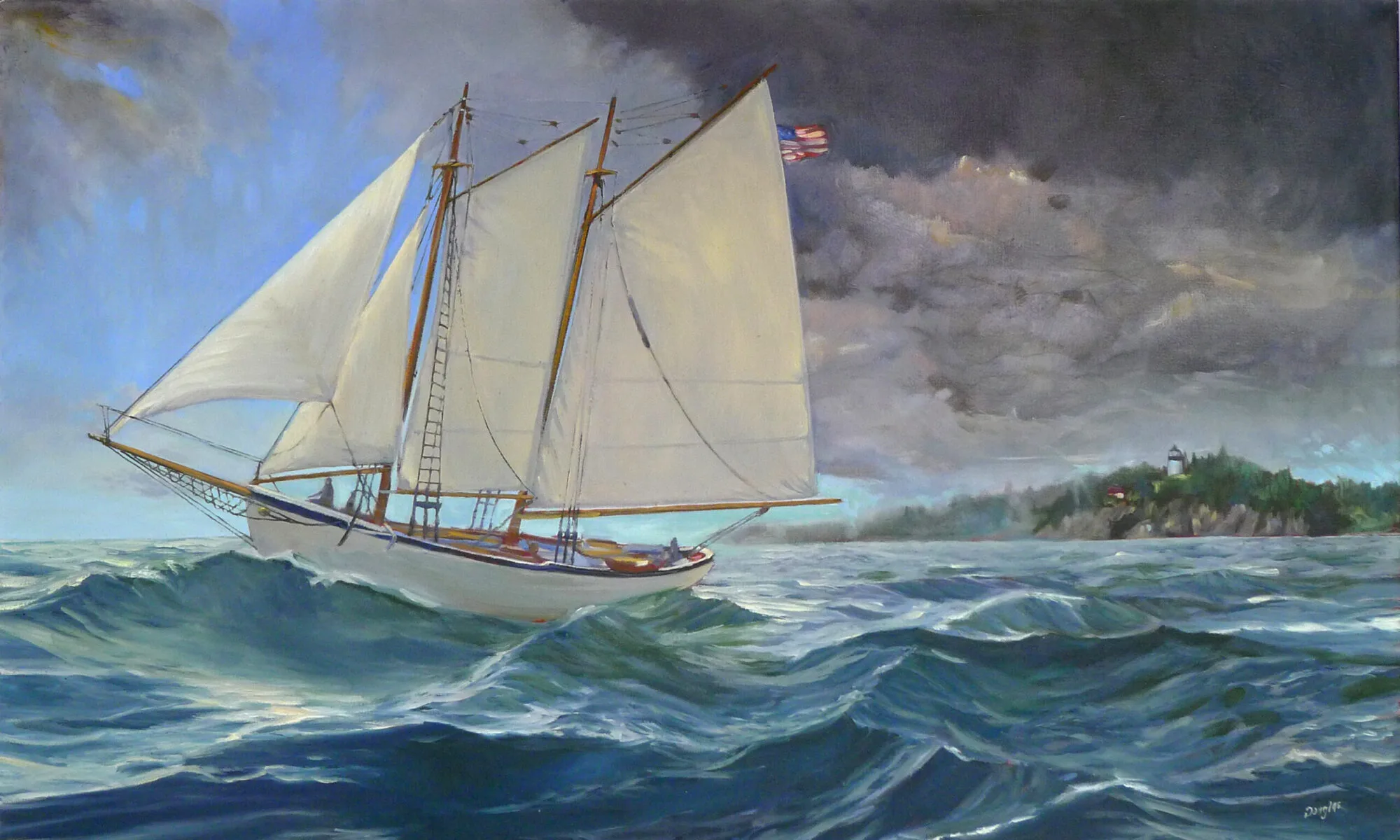How does one find one’s purpose as an artist? Should we build that into how we think about our work?
 |
|
Ravening Wolves, 24X30, oil on canvas, is as close as I get to didacticism these days. |
“How have you grown as a painter in the last ten years?” a student asked me.
My drawing and brushwork aren’t much different, but my color choices have certainly changed, as has my ability to relax into abstraction. That doesn’t seem like much growth for a decade’s work.
In intangible ways, however, I’ve changed a lot—I’m far less anxious about the outcome, and less didactic in my subject matter. I’ll never focus on figure as I was doing a decade ago. Although I’m proud of the work I did about women’s issues, I’ll never paint that subject again. Which reminds me: this is the last weekend you’ll see Censored and Poetic at the Rye Arts Center; it ends Saturday night.
 |
Ten years ago, I was still wrestling with the legitimacy of my calling. Those of you who were raised thinking that art wasn’t a ‘real’ career understand that. Today, I barely remember the question. I’m an artist because it’s all I know how to do.
Which leads me to the second question I received this week: “How does one find purpose? How have artists done it over time? Should we build that into how we think about our work?
“I see people at figure sessions banging out the exact same thing over and over. I get the impression, from talking to them, that they have been doing that, or variations of that, for years on end. And they aren’t that good. Why do these people show up? Something to do?”
 |
I’m the last person to denigrate regular practice, and figure is one area where that is particularly important. If I had the time right now, I’d go to my local life drawing class myself. It’s good exercise and I like the people who attend.
But I have known people who never progress past that. They were taking classes 25 years ago and are still doing that today. Some are stuck because they have day jobs. Some aren’t that skilled but enjoy the process. Some are excellent painters, but uninterested in making it a career. Amateur status is nothing to be sneezed at.
I’ve also had students who’ve just gone through a major trauma—an unwanted divorce or job separation. They were floundering and it gave them an anchor. Creativity is cheaper than therapy and for many it serves as well. When they worked out their next step, they moved on from art.
 |
But there are always that few who want to make art their life’s work. For them, the question of artistic purpose is critical. It’s inextricably bound up in one’s life purpose. Your work ought to be an expression of your thoughts or feelings, or it’s meaningless.
When I was younger, I thought that my purpose was didactic. Today, I’d be hard-pressed to put my mission statement into words, but it has something to do with glorifying Creation and helping people feel connected to it. That’s tied to my faith, but I don’t feel a need to preach through my paintings.
That, too, may change as I get older. One’s mission and calling in life is fluid. The important thing is to have the tools at our disposal to answer whatever comes up. And that’s where all those weeks and years in art class come in.
